
Sodium hexametaphosphate (SHMP), a polyphosphate compound with the general formula (NaPO₃)₆, exists in two primary grades: industrial-grade and food-grade. Despite sharing a common chemical structure, these two grades serve distinctly different purposes due to variations in purity standards and regulatory requirements. This article delves into the specific applications of each grade, highlighting their significance across various industries.
Industrial-Grade Sodium Hexametaphosphate
Industrial-grade SHMP is renowned for its versatility and is widely utilized in numerous manufacturing and industrial processes. One of its primary applications lies in water treatment. As a sequestering agent, it binds to metal ions such as calcium and magnesium, preventing the formation of scale and deposits in pipes and equipment. This property makes it invaluable in cooling towers, boilers, and industrial water systems, where scale buildup can reduce efficiency and cause costly damage. For instance, in power plants, industrial-grade SHMP helps maintain the optimal performance of boilers by keeping the water free from scale, ensuring smooth heat transfer and minimizing maintenance requirements.
In the construction industry, industrial-grade SHMP is employed as a cement dispersant. It improves the workability of concrete and mortar by reducing the water-cement ratio, allowing for easier mixing and placement without sacrificing strength. This not only enhances the efficiency of construction processes but also contributes to the durability and quality of the final structures. Additionally, it is used in the production of ceramic glazes and enamels, where it acts as a flux to lower the melting point and improve the flow and adhesion of the glaze, resulting in a smoother and more aesthetically pleasing finish.
The metalworking industry also benefits from industrial-grade SHMP. It functions as a surface treatment agent, preventing rust and corrosion on metal surfaces. By forming a protective film, it safeguards metals during storage and transportation, reducing the need for frequent reworking and extending the lifespan of metal products. Moreover, in the mining industry, it is used as a flotation aid to separate valuable minerals from ores, increasing the efficiency of mineral extraction processes.
Food-Grade Sodium Hexametaphosphate
Food-grade SHMP, on the other hand, adheres to strict safety and purity standards set by regulatory authorities, making it suitable for use in the food and beverage industry. One of its key functions is as a food additive, primarily serving as an emulsifier, stabilizer, and sequestrant. In processed meats, such as sausages and hams, it helps retain moisture, improve texture, and extend shelf life by preventing the oxidation of fats and the growth of bacteria. This not only enhances the taste and quality of the products but also ensures food safety.
In dairy products, food-grade SHMP is used to prevent the coagulation of milk proteins, maintaining the smooth and consistent texture of products like cheese and yogurt. It also acts as a sequestrant, binding to metal ions that could potentially cause spoilage or off-flavors, thereby extending the shelf life of these products. Additionally, in beverages, especially soft drinks and fruit juices, it helps prevent the precipitation of insoluble substances, ensuring a clear and visually appealing product.
Furthermore, food-grade SHMP is utilized in the baking industry to improve the dough's elasticity and water-holding capacity, resulting in lighter and fluffier baked goods. It also aids in the prevention of staling, keeping bread and pastries fresh for longer periods. In the production of canned foods, it functions as a pH adjuster and sequestrant, helping to maintain the product's quality and safety during the canning process.
In conclusion, while industrial-grade and food-grade Sodium Hexametaphosphate share a common chemical basis, their applications diverge significantly based on their distinct properties and regulatory requirements. Industrial-grade SHMP plays a crucial role in various manufacturing and industrial processes, contributing to the efficiency and quality of products across multiple sectors. On the other hand, food-grade SHMP ensures the safety, quality, and extended shelf life of numerous food and beverage products, enhancing the consumer experience. Understanding the specific uses of each grade is essential for industries to harness the full potential of this versatile compound while adhering to safety and quality standards.
- Random Content
- Hot content
- Hot review content
- QUALITY MANAGEMENT SYSTEMCERTIFICATE
- Unlocking the Power of Mineral Processing Chemicals: Enhancing Efficiency and Sustainability
- T-610 collector Salicyl oxime acid derivative Content 3.5%
- Manganese sulfate
- Phthalic anhydride
- Cupric Chloride 98%
- Sodium Dimethyldithiocarbamate 95% solid, 40% liquid
- 1Discounted Sodium Cyanide (CAS: 143-33-9) for Mining - High Quality & Competitive Pricing
- 2China's New Regulations on Sodium Cyanide Exports and Guidance for International Buyers
- 3Sodium Cyanide 98% CAS 143-33-9 gold dressing agent Essential for Mining and Chemical Industries
- 4International Cyanide(Sodium cyanide) Management Code - Gold Mine Acceptance Standards
- 5China factory Sulfuric Acid 98%
- 6Anhydrous Oxalic acid 99.6% Industrial Grade
- 7Oxalic acid for mining 99.6%
- 1High Quality 99% Purity of Cyanuric chloride ISO 9001:2005 REACH Verified Producer
- 2Sodium Cyanide 98% CAS 143-33-9 gold dressing agent Essential for Mining and Chemical Industries
- 3 High-Quality Sodium Cyanide for Leaching
- 4Powdery emulsion explosive
- 5Industry Grade Electron grade 98% Sulfuric Acid H2SO4 Sulphuric Acid Battery Acid Industrial Sulfuric Acid
- 6Colloidal emulsion explosive
- 7sodium hydrosulfide 70% flakes used Mining Industry


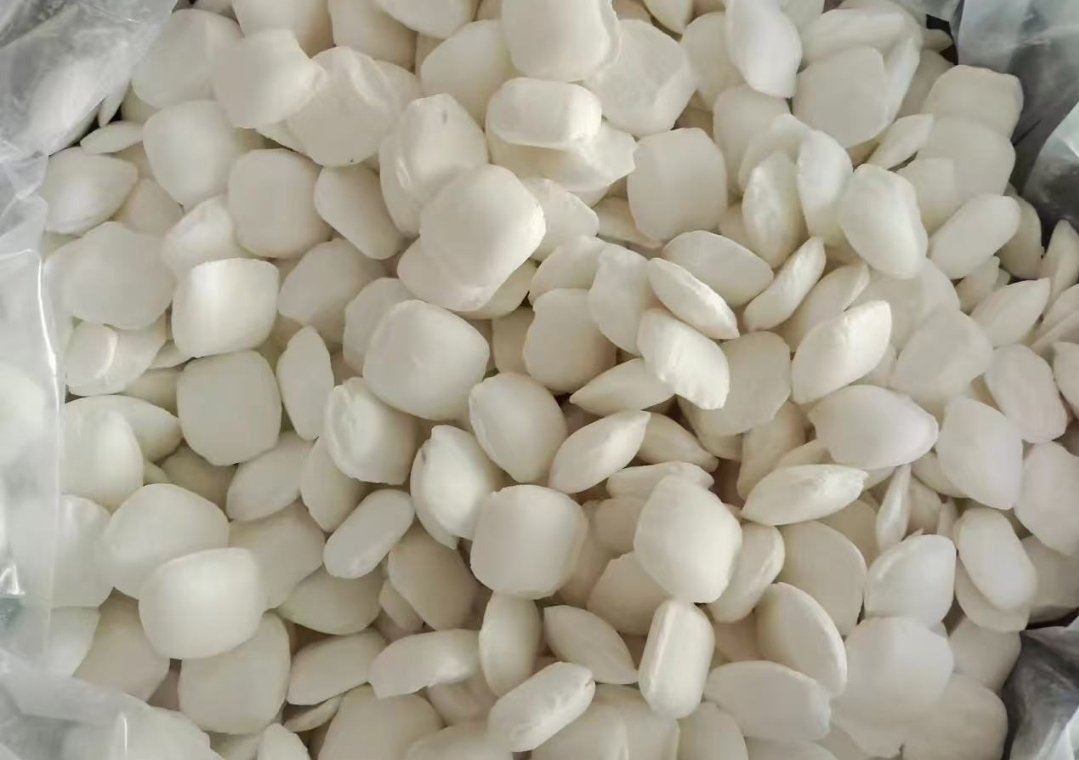
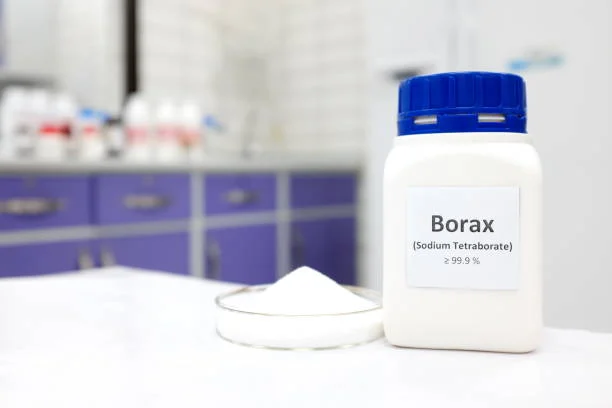
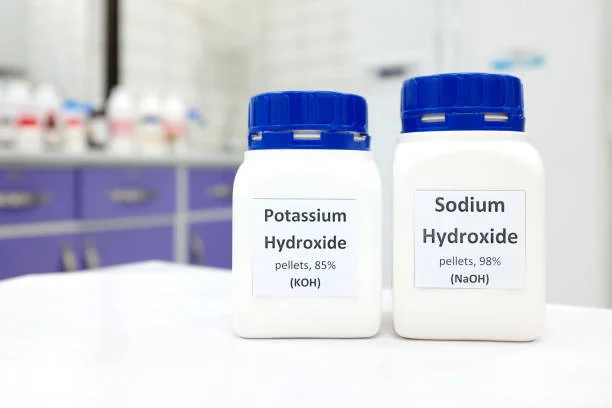
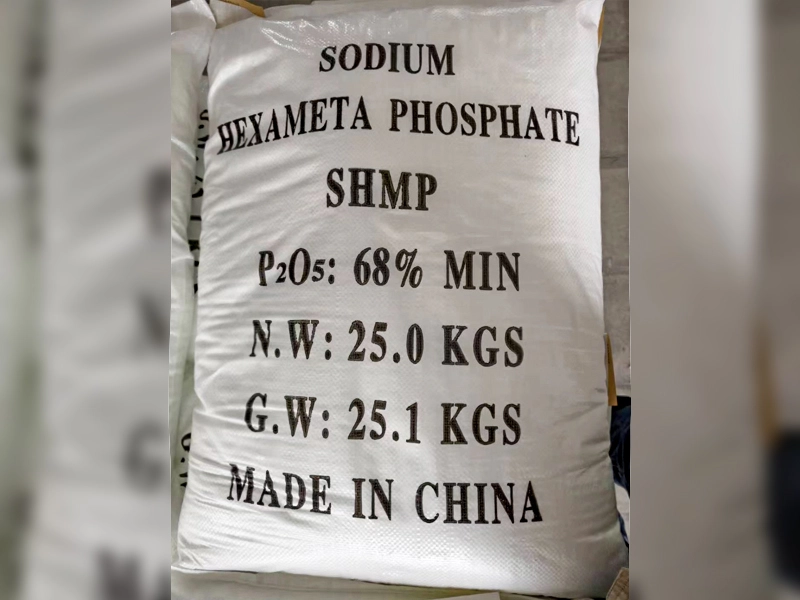
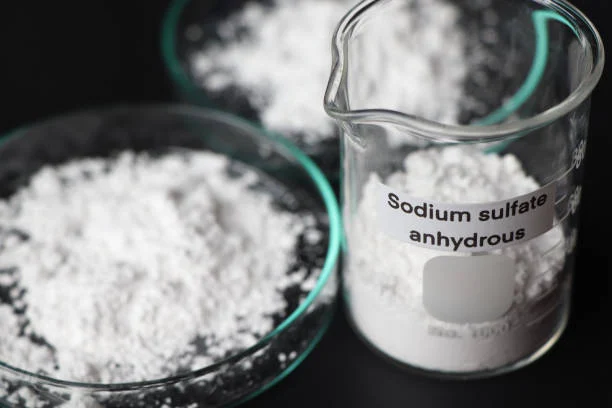

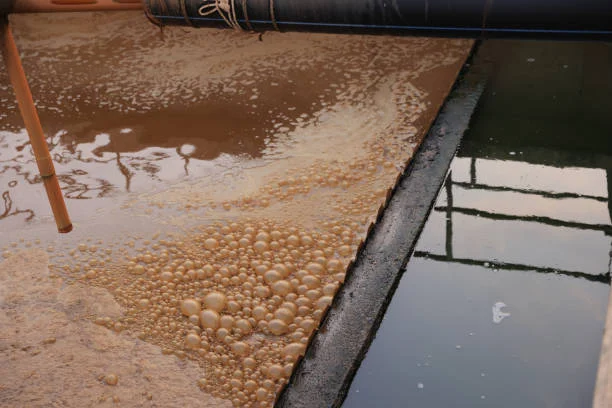



Online message consultation
Add comment: